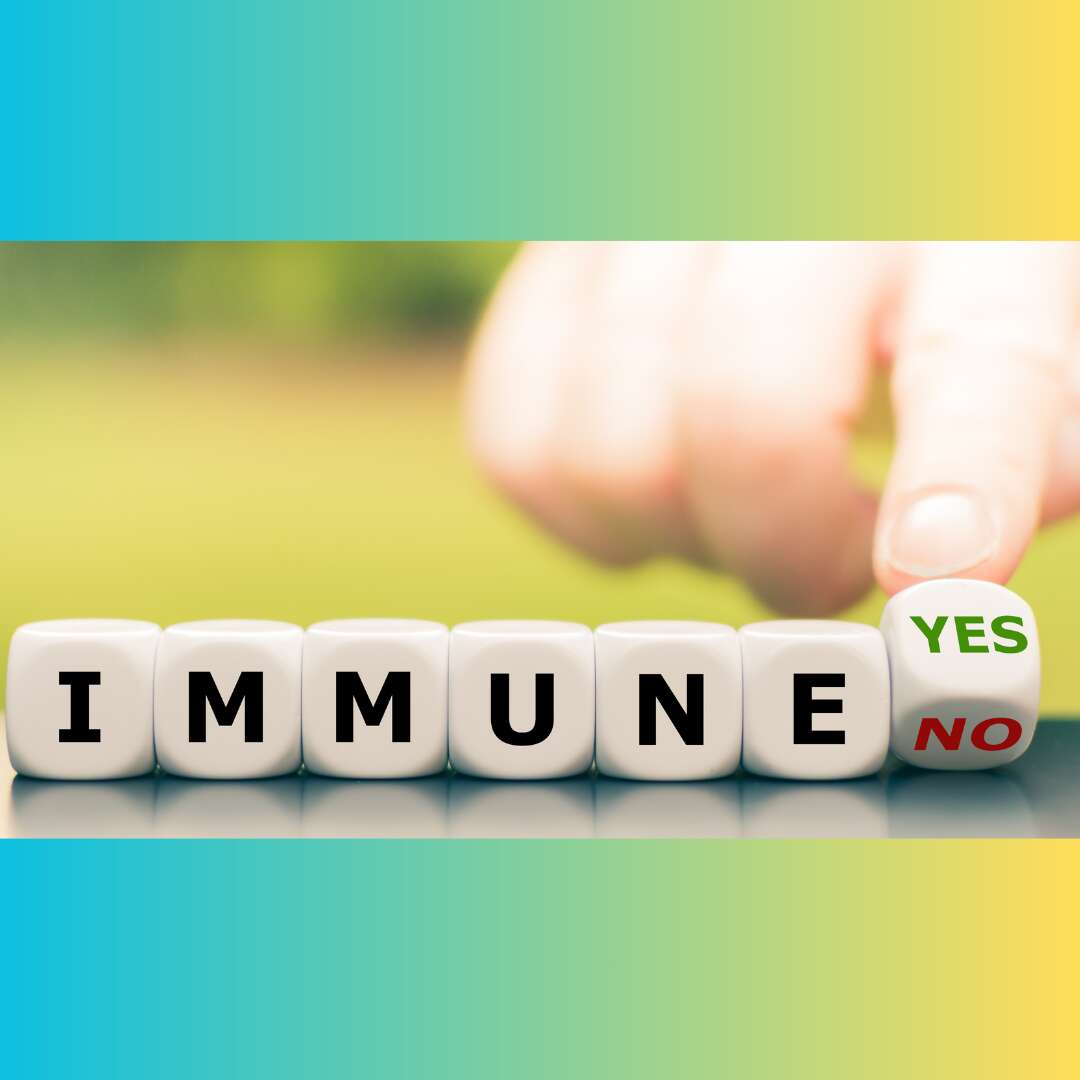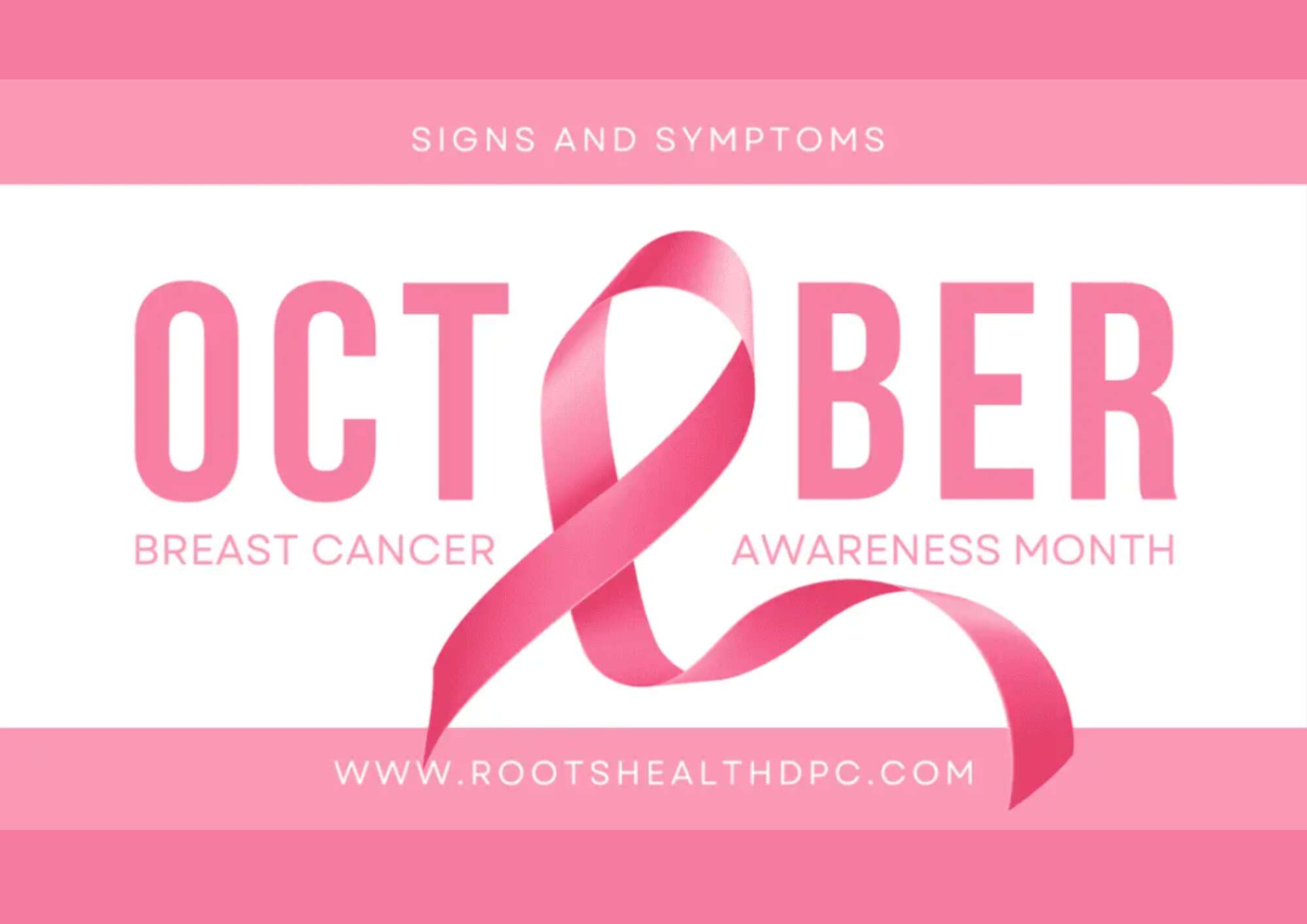Family Sick-Season Survival Plan
Sick Season Survival Guide for Busy Families: Stay Healthy Without ER Visits, Endless Sick Days, or Panic
The holidays are magical—but let’s be honest: this is also prime sick-season.
Colds, flu, RSV, strep… suddenly every child, coworker, and playmate can be a risk fro germ exposure.
For working moms who are balancing meetings, meals, school drop-offs, and holiday events….one sick day can turn into a week of disruption. We know you don’t have time for that.
At Roots Health DPC, our goal is to help your family stay healthy and recover quickly, so you can enjoy the season (and show up at work without stress).
Let’s build your Sick-Season Survival Plan.
✅ 1. Prevention First: What Actually Works
Forget the TikTok immunity hacks. Evidence-based seasonal immunity support includes:
- Prioritizing 7+ hours of sleep
- Vitamin D + zinc (if appropriate; personalized dosing is ideal)
- Daily movement/exercise, even 10–15 minutes
- Keeping sugar + alcohol reasonable (immune-sparing)
- Hydrating like it’s your job
- Handwashing and hand sanitizer
- Saline nasal spray or rinse after flights/crowded events
💡 DPC Mom Tip: Make a family “night routine basket”: books, calming night light, humidifier nearby. Sleep is immune medicine.
✅ 2. When Illness Hits: Smart, Calm Response
Instead of using Dr Google or going to urgent care, use a plan:
- Reach out to Your DPC Doc
- Honey for cough (age > 1)
- Acetaminophen/ibuprofen rotation guidelines
- Humidifier + gentle steam
- Nasal saline + suction for young kids
And remember:
- Antibiotics don’t treat viruses…. but can give you diarrhea.
- Fever isn’t the enemy; dehydration is. Lots of fluids are key
💚 Bonus of DPC: Same-day access, texting your doctor, rapid testing, and guidance so you don’t waste hours in waiting rooms.
✅ 3. Know When to Seek Care
Call the doctor (or text, if you’re a DPC member) if there’s:
- Breathing difficulty
- Dehydration signs
- High fever > 72 hours
- Ear pain
- Lethargy or concerning symptoms
Instead of guessing and overusing urgent care, you get professional reassurance fast.
✅ 4. Working Mom Sick-Season Systems
Success doesn’t happen by chance — it happens by planning. Try these real-life systems:
- “Sick bin” ready to grab: thermometer, saline, honey, humidifier tabs, electrolyte packets
- Emergency freezer meals for low-energy days
- Car kit: tissues, wipes, extra water bottles, spare mask
- School note template saved in phone
- Backup childcare/partner “sick-day swap plan”
You don’t need to be superhuman — just prepared.
✅ 5. Why DPC Is a Working Mom’s Secret Weapon
Membership benefits that matter most in winter:
✨ Same-day/next-day visits
✨ Text your doctor for guidance
✨ Transparent pricing (no surprise bills)
✨ Avoid urgent care + long waits
✨ Whole-family preventive plan
✨ Partnership — not rushed “in-and-out” care
When your time is stretched thin and your family’s health is everything, having a direct line to your physician is the ultimate mom superpower.



















